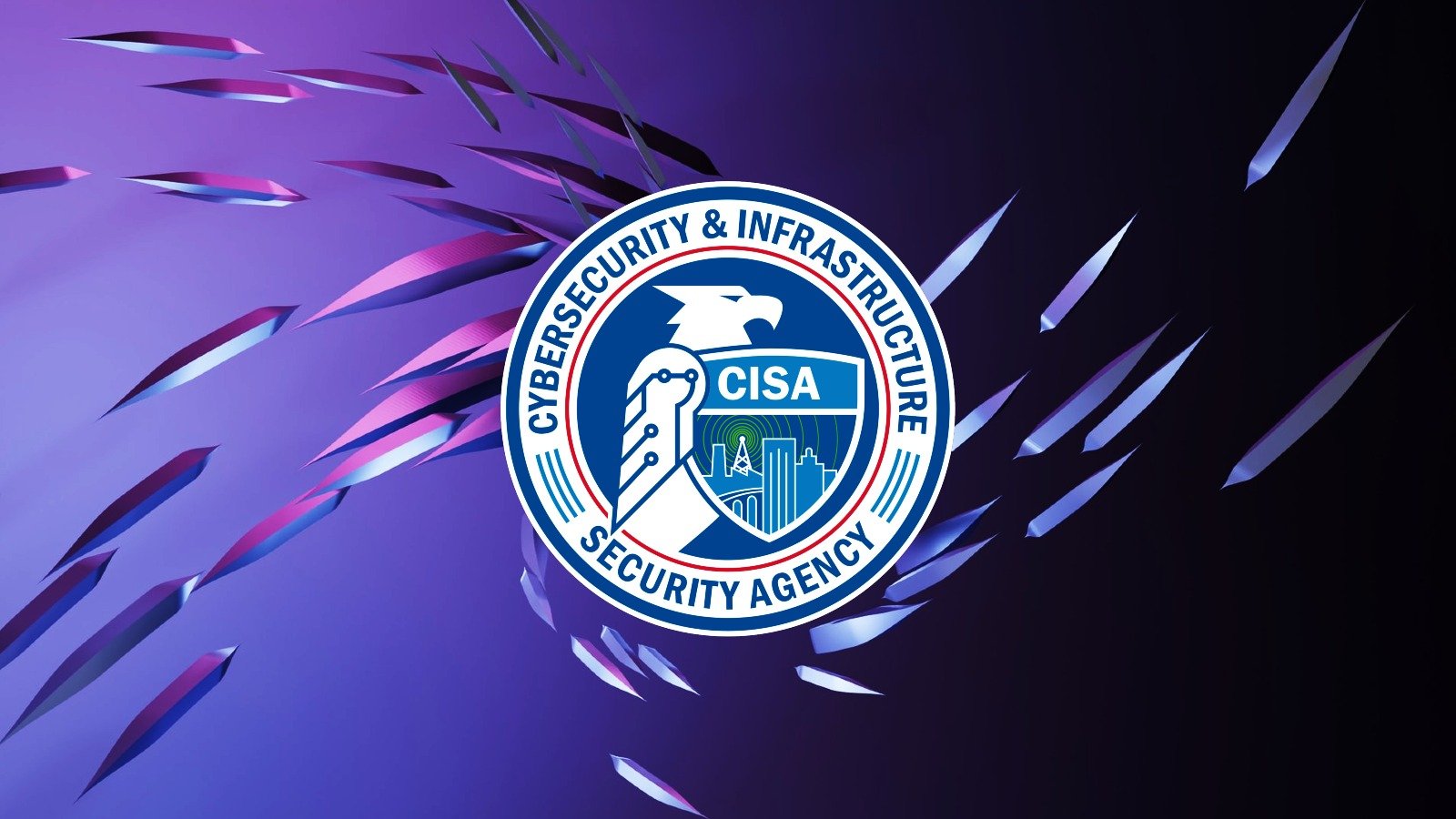DNS
-
Blog

CISA warns of Fast Flux DNS evasion used by cybercrime gangs
CISA, the FBI, the NSA, and international cybersecurity agencies are calling on organizations and DNS providers to mitigate the “Fast Flux” cybercrime evasion technique used by state-sponsored threat actors and ransomware gangs. Although the technique isn’t new, its effectiveness has been documented and proven repeatedly in actual cyberattacks. How Fast Flux helps with evasion Fast Flux is a DNS technique used for evading…
Read More » -
Blog

MikroTik botnet uses misconfigured SPF DNS records to spread malware
A newly discovered botnet of 13,000 MikroTik devices uses a misconfiguration in domain name server records to bypass email protections and deliver malware by spoofing roughly 20,000 web domains. The threat actor takes advantage of an improperly configured DNS record for the sender policy framework (SPF) used for listing all the servers authorized to send emails on behalf of a domain.…
Read More » -
Blog

Increasing Awareness of DNS Hijacking: A Growing Cyber Threat
A recent report from Palo Alto Networks’s Unit 42 exposes the persistent and evolving threat of DNS hijacking, a stealthy tactic cybercriminals use to reroute internet traffic. By leveraging passive DNS analysis, the cybersecurity company also provided real-world examples of recent DNS hijacking attacks — highlighting the urgency of countering this hidden danger. What is DNS hijacking? DNS hijacking involves…
Read More » -
Blog

How to change the DNS address in Windows 10 and 11
You might not think much about Domain Name Servers – or DNS for short – but you probably access them every day. These are the servers that work behind the scenes to translate familiar domain names (such as itpro.co.uk) into the numeric IP addresses used by the internet’s backbone servers. Normally these DNS lookups happen automatically, using servers operated by…
Read More »

